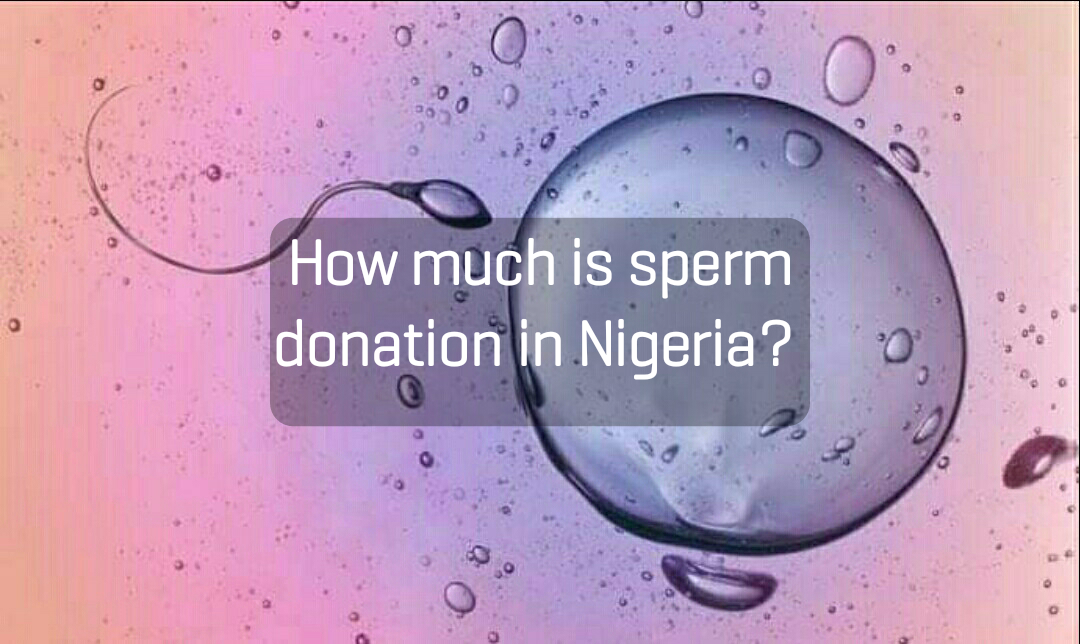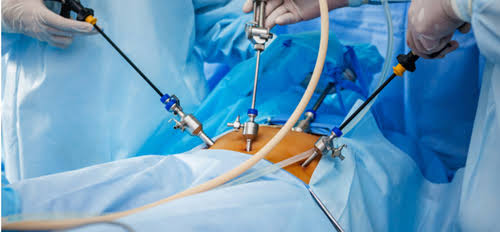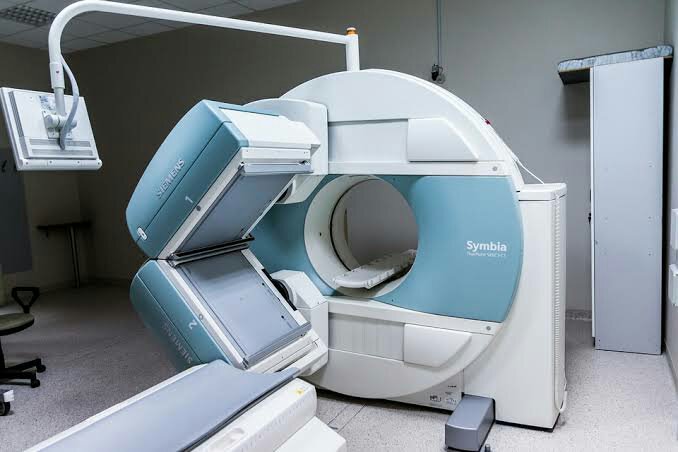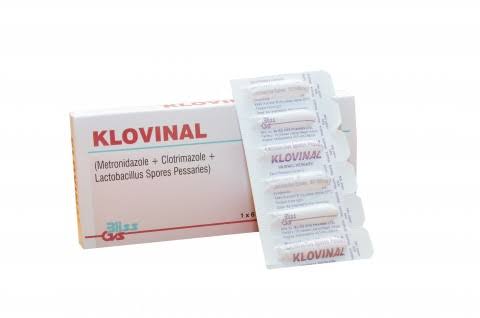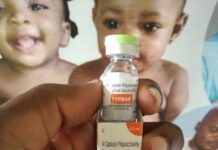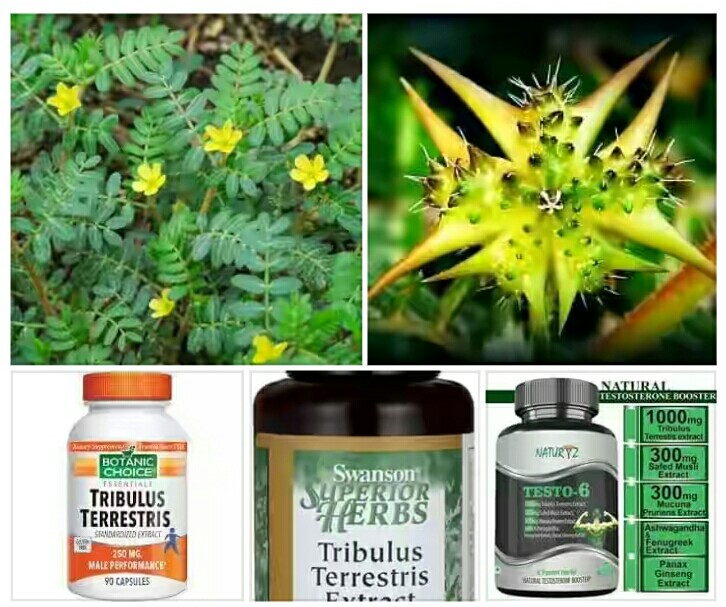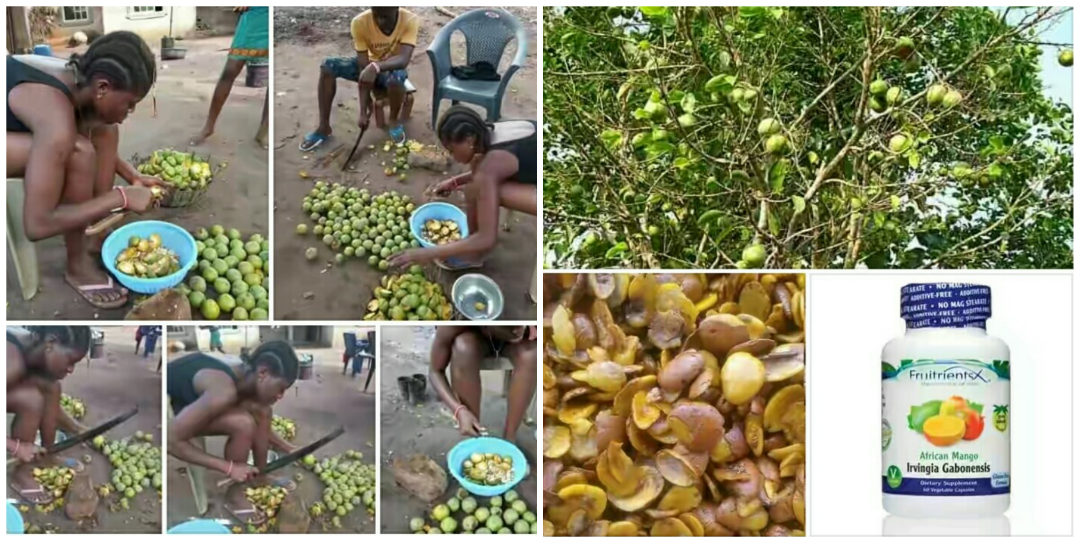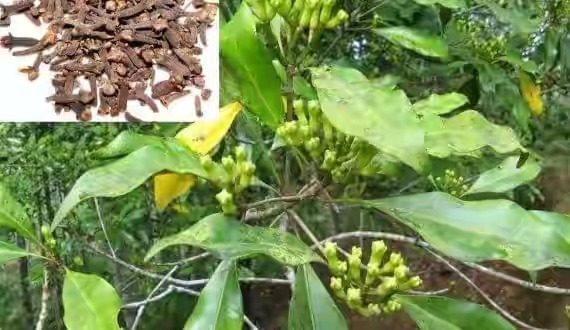Tribulus terrestris (synonyms: Tribulus robustus, Tribulus saharae, Tribulus bispinulosus) (Botanical name)) or Small caltrop, Bullhead, Bullhead Tribulus terrestris, burnut, Cat’s head, Common Dubbletjie, Devil’s thorn, Devil’s weed, Goat’s head, Mexican sandbur, Puncture vine, Puncture weed, Tacks, Texas sandbur, Three-cornered jack, Tribulus (English) or Hana takama, Kayar gobirawa, Sesigi, Tsida(u) in Hausa, dagunro (Yoruba): A multi-purpose tree including improvement in sexual performance of both men and women
DESCRIPTION AND OCCURRENCE: Tribulus terrestris (TT) is an annual plant of the family Zygophyllaceae, which is commonly known as Tribulus, Hard thorns, and goat head in China. It is mainly planted in the Mediterranean and in sub-tropical regions such as India, China, South America, Mexico, Spain, Bulgaria, and Pakistan. It is a small, prostrate, 10-60 cm high, hirsute or silky hairy shrub. The leaves are opposite, often unequal, paripinnate, pinnate from 5 to 8 pairs and elliptical or an oblong lanceolate. The fruits from the five mericarps are ax-shaped, 3-6 mm long, and arranged radially and have a diameter of 7-12 mm and a hard texture. The root is slender, fibrous, cylindrical and frequently branched, bears a number of small rootlets and is light brown in colour. TT is widely distributed in tropical and subtropical countries in Asia, Africa, S. Europe, North Australia and introduced in new world tropics.
Health benefits, side effects, dosage, interactions and warning of Tribulus terrestris
The use of TT from ancient times occurred in the traditional medicine of major cultures in these geographical areas, such as traditional Chinese medicine, traditional Indian medicine (Ayurveda), and the traditional medicine of south-eastern Europe, and this has defined its ethnopharmacological relevance as a medicinal plant.
As a traditional Chinese Medicine, it was listed as a top grade medicine in the earliest extant Chinese pharmaceutical monograph “Shen Nong Ben Cao Jing”.
In Chinese Pharmacopoeia, the fruits of TT have been used for tonifying the kidneys and as a diuretic and cough expectorant that improves eyesight and for the treatment of skin pruritus, headache and vertigo, and mammary duct blockage. In India, the fruits have been used in the treatment of infertility, impotence, erectile dysfunction and low libido in Ayurveda.
The active extracts and constituents of TT could improve sexual function through activating aphrodisiacs and improving fertility in men. It could also activate sexual desire in postmenopausal women. It is widely believed and insistently advertised that TT possesses aphrodisiac and pro-sexual activities due to its ability to increase testosterone or testosterone precursor levels.
There was a randomized, double-blind, placebo-controlled, clinical trials as a piece of evidence for aphrodisiac activation function of TT. 180 males aged between 18 and 65 years with mild or moderate ED and with or without hypoactive sexual desire disorder (HSDD) were randomized in a 1:1 ratio to the two treatments groups (TT or placebo). The TT group received 2 tablets (500 mg) Tribestan orally three times daily after meals for 12 weeks. Each tablet contains the active substance TT herba extractum siccum 250 mg (content of furostanol saponins not less than 112.5 mg).
And the placebo group were treated by an identical appearance, colour and taste one. The results showed that there were significant differences of IIEF (International Index of Erectile Function) score between the two groups after 3 months, but no differences in the incidence of adverse effects. It can therefore be assumed that TT can improve sexual function.
TT was considered to be a safe alternative for the treatment of HSDD in postmenopausal women because it was effective in reducing symptoms with few side effects through a randomized, double-blinded, placebo-controlled trial (A total of 45 healthy sexually active postmenopausal women who reported a diminished libido were selected to participate in the study and were randomly assigned to receive 750 mg/day of TT or a placebo for 120 days).
Its probable mechanism of action involves an increase in the serum levels of free and bioavailable testosterone.
Tribulus appears to be safe in recommended amounts, but some study participants dropped out due to side effects, typically stomach upset. If you try this herb, take 750 mg in divided doses (250 mg three times a day).
If you notice any intestinal discomfort, reduce your dose or stop taking it. In addition, the roots and fruits are considered to have cardiotonic properties.
In Sudan, TT has been used as demulcent and in nephritis and the treatment of inflammatory disorders. In addition, it has been used for diuretic and uricosuric effects in Pakistan.
Modern investigation showed that the chemical constituents steroidal saponins and flavonoids with the prominent anti-inflammatory and antiaging activities of TT were the main contributors to the traditional pharmacological activities.
Human clinical data indicated that TT extract may be useful in the treatment of urolithiasis (KIDNEY STONES). After oral administration of the extract, the levels of mean citrate, oxalate, proteins and glycosaminoglycan in patients’ 24 h urine samples decreased significantly.
Urine volume and phosphate level in the serum were not altered significantly in the urolithic patients. It was concluded that TT extract was useful in the treatment of urolithiasis.
ANTIDIABETIC ACTIVITY: Clinical trials have shown that the water extract of T. terrestris (WETT) has an antidiabetic activity. The fasting blood glucose, 2-hour postprandial glucose, glycosylated haemoglobin and lipid profile of diabetic women treated with TT extract (1000 mg/day for three months were lowered compared to those of the placebo group.
SPORTS PERFORMANCE: Athletic fatigue is generally measured by the levels of testosterone and corticosterone, and the testosterone and corticosterone (T/C) ratio. Herbs and herbal combinations have been used to improve athletic ability through several ways that mimic epinephrine effects, mimic testosterone effects, and increase the productions of corticotropin and cortisol. TT contains gitonin, protodioscin, and tribulosaponins A and B, which are believed to mimic testosterone-like effects in humans because of the similarities of their chemical structures.
The main effect is an increase of testosterone anabolic and androgenic action via the activation of endogenous testosterone production.
ANTICARIOUS ACTIVITY (FIGHTING TOOTH DECAY): TT was certified to have an anticarious effect. Streptococcus mutans is an important oral pathogen that causes dental caries. The anticarious effect of TT was evaluated for inhibiting S. mutans bacteria. In vitro studies showed that the extract exhibited antibacterial activity for inhibiting S. mutans growth in a dose dependent manner.
FOR FURTHER READING SEE:
1. Akhtari, E. et al. “Tribulus Terrestris for Treatment of Sexual Dysfunction in Women: A Randomized, Double-Blind, Placebo-Controlled Study,” Daru Journal of the Faculty of Pharmacy, Tehran University (2014) 22:40.
2. Bone, K. “Tribulus for Sexual Dysfunction in Men and Women,” Townsend Letter for Doctors and Patients,” Aug/Sept. 2004.
3. Burkill, H.M., 2000. The useful plants of West Tropical Africa. 2nd Edition. Volume 5, Families S–Z, Addenda. Royal Botanic Gardens, Kew, Richmond, United Kingdom. 686 pp.
4. DeSouza, K.Z. et al. “Efficacy of Tribulus Terrestris for the Treatment of Hypoactive Sexual Desire Disorder in Postmenopausal Women: A Randomized, Double-Blind, Placebo-Controlled Trial,” Menopause (2016) 23:1252.
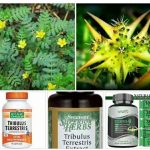
These are the thoughts and intellectual property of:
Sa’eed Halilu Bawa
Senior Lecturer (Associate Professor) at University of the West Indies, St. Augustine Campus, Trinidad.
Studied Food and Nutrition Sciences, Dietetics at Kaduna Polytechnic, Nigeria; Warsaw University of Life Sciences, Poland.




